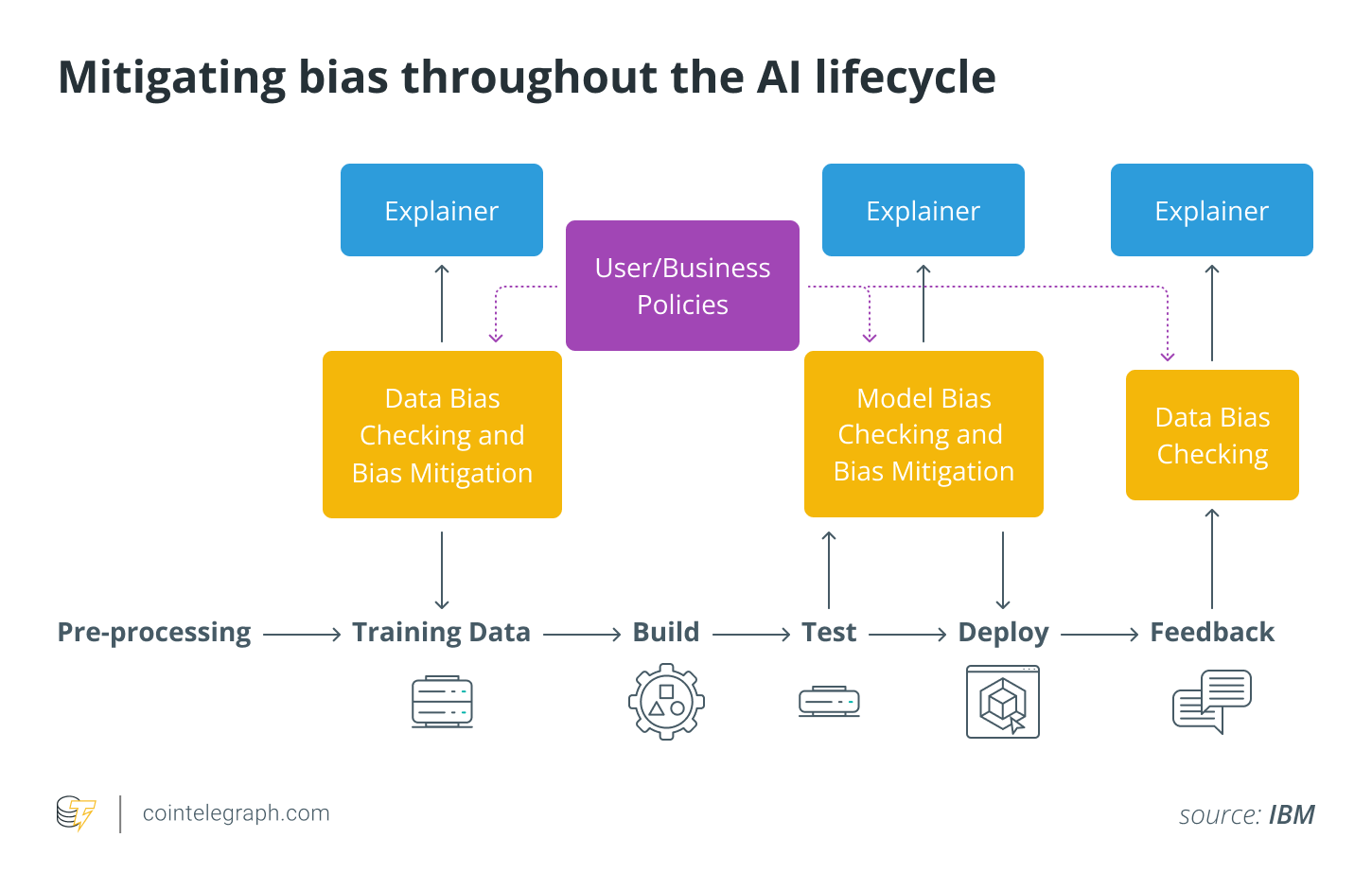Deep learning and artificial intelligence (AI) are rapidly evolving fields with new technologies emerging constantly. Five of the most promising emerging trends in this area include federated learning, GANs, XAI, reinforcement learning and transfer learning.
These technologies have the potential to revolutionize various applications of machine learning, from image recognition to game playing, and offer exciting new opportunities for researchers and developers alike.
Federated learning
Federated learning is a machine learning approach that allows multiple devices to collaborate on a single model without sharing their data with a central server. This approach is particularly useful in situations where data privacy is a concern.
For example, Google has used federated learning to improve the accuracy of its predictive text keyboard without compromising users’ privacy. Machine learning models are typically developed using centralized data sources, which necessitates user data sharing with a central server. Although users could feel uneasy with their data being collected and stored on a single server, this strategy can generate privacy problems.
Federated learning solves this problem by preventing data from ever being sent to a central server by training models on data that stays on users’ devices. Also, since the training data remained on users’ devices, there was no need to send huge volumes of data to a centralized server, which decreased the system’s computing and storage needs.
Related: Microsoft is developing its own AI chip to power ChatGPT: Report
Generative adversarial networks (GANs)
Generated adversarial networks are a type of neural network that can be used to generate new, realistic data based on existing data. For example, GANs have been used to generate realistic images of people, animals and even landscapes. GANs work by pitting two neural networks against each other, with one network generating fake data and the other network trying to detect whether the data is real or fake.
Generative Adversarial Networks, or GANs for short, have rapidly emerged as a leading technology for generating realistic synthetic data. GANs are a type of neural network architecture that consists of two networks: a g… https://t.co/moU2Dls8Gk pic.twitter.com/0ZSRkeZe3z
– phill.ai (@phill_ai) April 20, 2023
Explainable AI (XAI)
An approach to AI known as explainable AI aims to increase the transparency and comprehension of machine learning models. XAI is crucial because it can guarantee that AI systems make impartial, fair decisions. Here’s an example of how XAI could be used:
Consider a scenario in which a financial organization uses machine learning algorithms to forecast the likelihood that a loan applicant will default on their loan. In the case of conventional black-box algorithms, the bank would not have knowledge of the algorithm’s decision-making process and might not be able to explain it to the loan applicant.
Using XAI, however, the algorithm could explain its choice, enabling the bank to confirm that it was based on reasonable considerations rather than inaccurate or discriminating information. The algorithm might specify, for instance, that it calculated a risk score based on the applicant’s credit score, income and employment history. This level of transparency and explainability can help increase trust in AI systems, improve accountability and ultimately lead to better decision-making.

Reinforcement learning
A type of machine learning called reinforcement learning includes teaching agents to learn via criticism and incentives. Many applications, including robotics, gaming and even banking, have made use of this strategy. For instance, DeepMind’s AlphaGo used this approach to continually improve its gameplay and eventually defeat top human Go players, demonstrating the effectiveness of reinforcement learning in complex decision-making tasks.
AI can be an agent for our improvement. The most interesting paper I’ve seen on this is a study of professional GO player performance before vs. after the introduction of Leela, the open-source version of DeepMind”s AlphaGo. Player performance improved. pic.twitter.com/Tk6qxwOftz
– Miles Grimshaw (@milesgrimshaw) January 15, 2023
Related: 7 advanced humanoid robots in the world
Transfer learning
A machine learning strategy called transfer learning involves applying previously trained models to address brand-new issues. When there is little data available for a new problem, this method is especially helpful.
For instance, researchers have used transfer learning to adapt image recognition models developed for a particular type of picture (such as faces) to a different sort of image – e.g., animals.
This approach allows for the reuse of the learned features, weights, and biases of the pre-trained model in the new task, which can significantly improve the performance of the model and reduce the amount of data needed for training.


